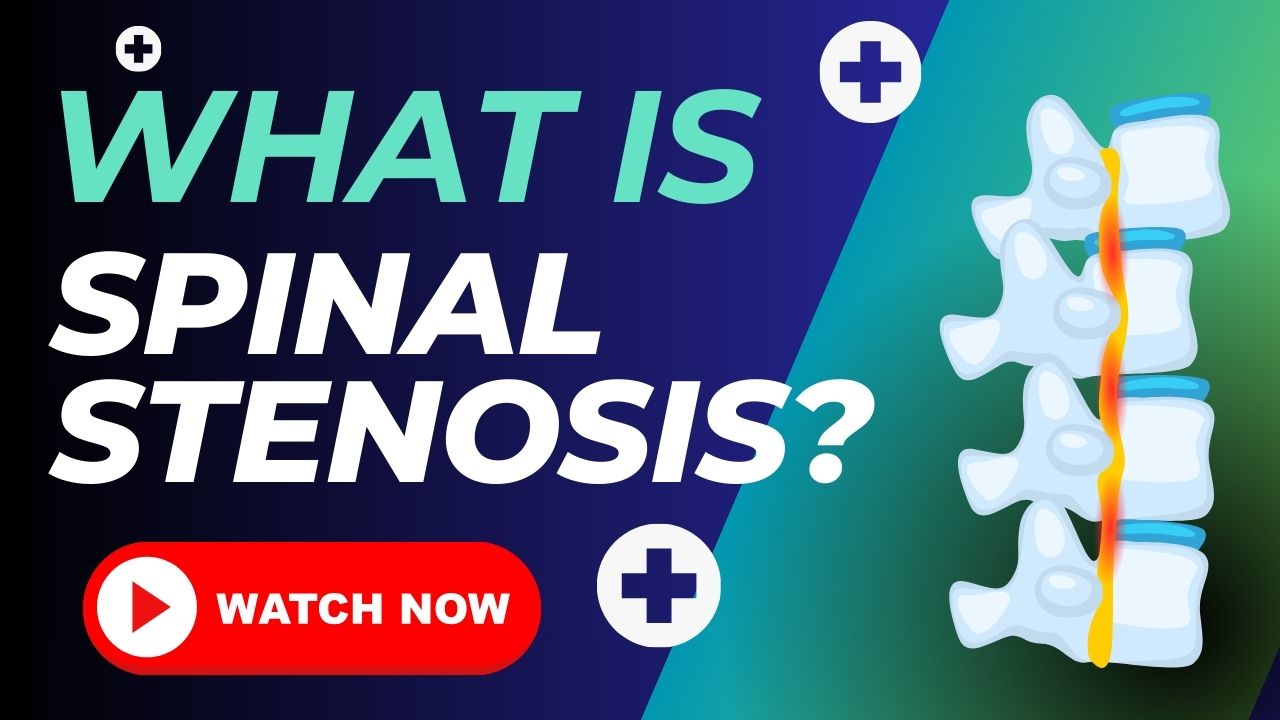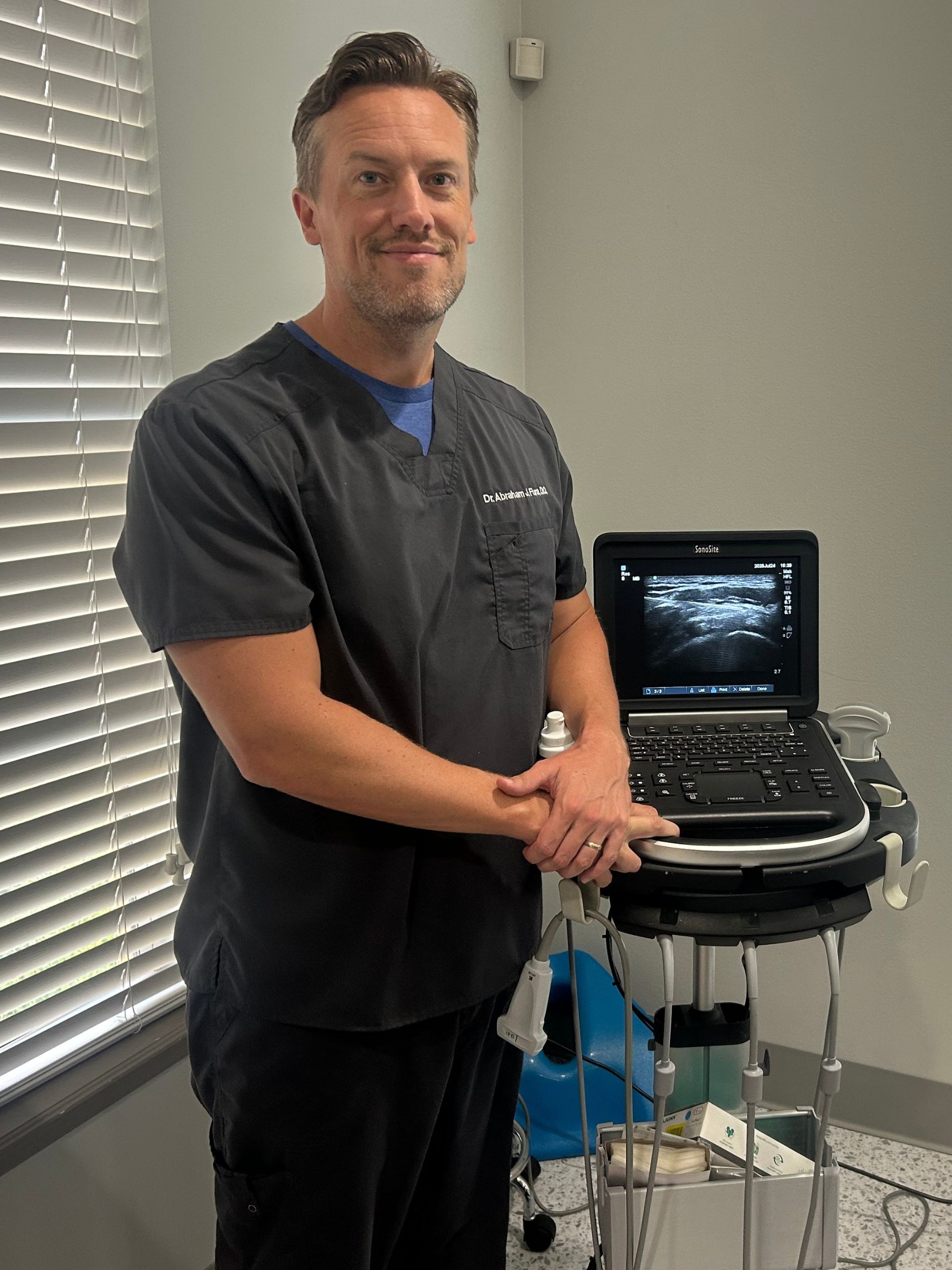
CONDITION OVERVIEW
Spinal stenosis is a condition characterized by the narrowing of the spaces within your spine, which can put significant pressure on the nerves that travel through it. This narrowing is most often a result of age-related wear and tear, or spinal arthritis. When stenosis occurs in the lower back (lumbar stenosis), it can cause pain, cramping, and weakness in the legs with activity. When it affects the neck (cervical stenosis), it can lead to similar symptoms in the arms and hands. While the condition can be limiting, there are highly effective treatments available to relieve the pressure and restore your function.

ROOT CAUSES
Spinal stenosis is most commonly the result of the cumulative effects of osteoarthritis and degenerative changes that occur in the spine over many years.
As cartilage in the facet joints wears away, the body can create bone spurs (osteophytes) that grow into the spinal canal and nerve openings, causing narrowing.
As discs lose height and bulge or rupture, they can protrude backward into the spinal canal, taking up space and compressing the nerves.
The ligaments that support the spine can become thick and stiff with age. This thickening can cause them to bulge into the spinal canal, reducing space for the nerves.
Trauma from accidents can cause fractures or dislocations that result in bone fragments intruding into the spinal canal, or cause swelling that leads to stenosis.

RECOGNIZING THE SIGNS
Symptoms of spinal stenosis often develop slowly over time. The classic signs are related to your posture and how long you can stand or walk before symptoms begin.
The hallmark of lumbar stenosis: Pain, cramping, numbness, or weakness in the legs that occurs after walking or standing for a period of time.
A classic sign where leg symptoms are significantly relieved by sitting down, or leaning forward on a counter or shopping cart (the "Shopping Cart Sign").
If a specific nerve root is severely pinched, it can cause a sharp, shooting pain (sciatica or cervical radiculopathy) down one limb.
With cervical stenosis, pressure on the spinal cord can cause unsteadiness on your feet, difficulty with balance, and a feeling of clumsiness.
Cervical stenosis can also cause numbness or weakness in the hands, leading to difficulty with fine motor tasks like buttoning a shirt or writing.
While the limb symptoms are often more prominent, a dull, aching pain in the lower back or neck is also commonly present.
If leg pain forces you to sit down after only a short walk, you may have spinal stenosis. You don't have to let your world shrink. An accurate diagnosis can lead to effective treatments that create more space for your nerves, allowing you to reclaim your mobility. Contact us to learn about your options.